
You could be the most skilled marketer, but without the right tools in your toolkit, it’s nearly impossible to effectively market a business or product. At it’s core, marketing is visually-driven and good visuals can help elevate your brand’s message. To own a piece of the engagement pie, it’s critical to focus on visual content strategies, making it a key ingredient of your marketing strategy. Not a graphic designer? You don’t have to be as long as you equip yourself with a design program that works for you.
“Visual marketing does not just sell a product or service – it sells an experience around your business.” – Rebekah Radice.
I’m not a graphic designer by default
I often think back to the beginning of my career when I didn’t know how to make good looking marketing images. I mostly relied on graphic designers to make visuals for me because I didn’t have the right tools or know the extent of the various programs that were out there. I never knew where to find free stock photos, cool fonts, or generally even where to start when building a graphic to use in my daily marketing efforts. They don’t teach you this kind of stuff in college…at least they didn’t in my communications program. In my opinion, the basics of graphic design really should be a college course for marketing professionals because a lot of us with digital and social media careers make our own graphics.

Using Canva as a marketing tool
Alas, I feel like I hit the jackpot when I discovered Canva. Canva is a simple-to-use online design platform that makes it fun and easy to create professional-looking visuals quickly. You don’t have to be highly skilled in graphic design to figure out how to use Canva. From social media images, brochures, and flyers to business cards, presentations, and so much more, Canva literally has everything you need to make thumb-stopping graphics. I love that Canva has built in templates and sizes are already set up for the accurate dimensions for the type of graphic you’re making. Having the right sizes made is one less step you have to worry about. Especially when “time is money”. According to it’s website, Canva has 250,000+ free templates, 100+ design types (social media posts, presentations, letters, and more), plus hundreds of thousands of free photos and graphics.

Upgrade to Canva Pro
Canva is free to use, but if you upgrade to Canva Pro you will unlock a lot more features and options. Trust me, it’s definitely worth the money. As a bonus with Canva Pro, you can easily resize your graphics without having to start from scratch each time. The paid version also allows you to link your social media accounts and post your marketing images directly from the platform. A marketer’s dream come true. If you use Canva Pro while collaborating, you can keep your brand’s look consistent by uploading logos, fonts, and setting specific colors as a template. Another major benefit is that multiple people in your organization can work on a design or document in real-time, making collaboration convenient and efficient.

Canva hacks and tricks
I love finding new hacks and tricks to make using Canva even better. You can find quick and informative hacks on social media platforms like TikTok.
What are you waiting for?
Canva is a free marketing tool that you need in your back pocket. If you can, upgrade to Canva Pro and I guarantee you’ll love the results. Happy designing!
You May Also Like
6 reasons why your brand needs to embrace social media
Is your brand utilizing social media? It might seem like a trivial question to ask considering that we’re in 2021, but you would be surprised just how many companies I have connected with that have not fully embraced the power of social media marketing. I’ve heard so many times, “we’re on Facebook but we really…
Email Marketing Is NOT Dead!
With so many unique and innovative ways to communicate with consumers, some brands have questioned whether ‘old-fashioned’ email marketing is still a viable tool to reach audiences effectively. Is email marketing dead? Just ask Google. Research indicates that approximately 191.4 billion emails are sent and received each day worldwide, but does this equate to a successful ROI…






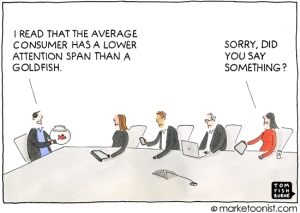

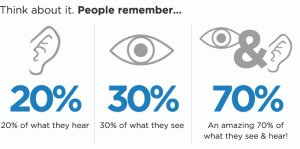
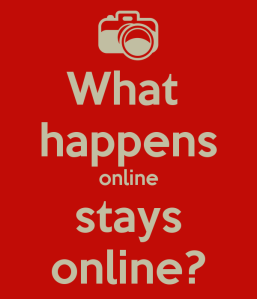

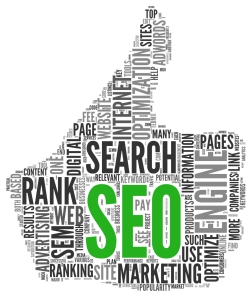




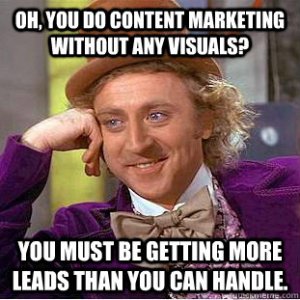


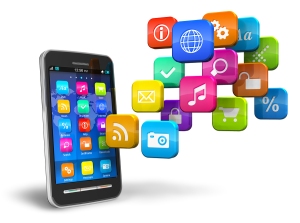
 pinning recipes, fashion ideas, home decor tips, and more. I was part of the
pinning recipes, fashion ideas, home decor tips, and more. I was part of the 
